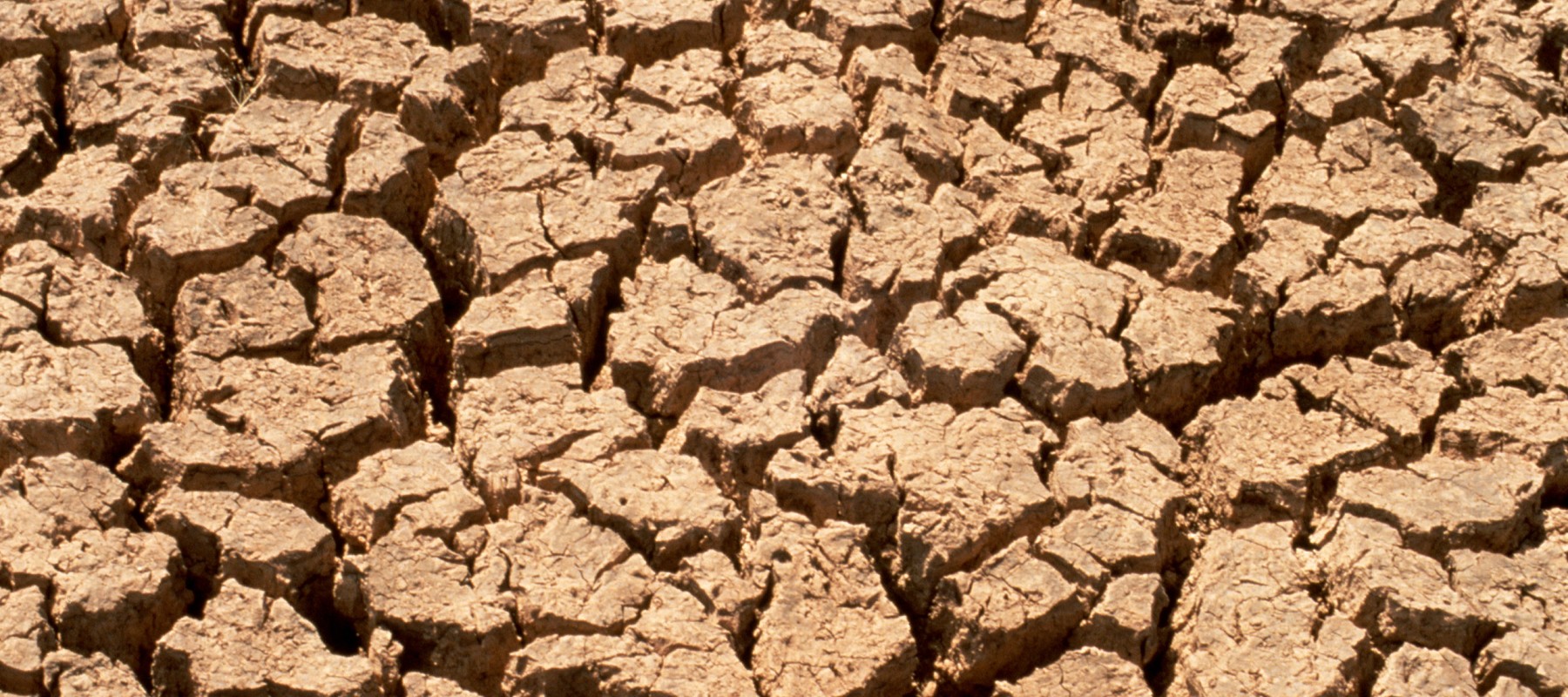
Blog: Understanding the Characteristics of Regionally Extensive Droughts over Southern Africa
Southern African droughts are usually quantified with precipitation anomalies or the Standardized Precipitation Index (SPI), thereby neglecting the important roles of evapotranspiration in drought quantification. Furthermore, most drought studies over the sub-continent have been on local-scale drought, with little attention on regionally extensive droughts (RED) that usually cause more devastating impacts. These shortcomings were conquered by using the Standardized Precipitation Evapotranspiration Index (SPEI) to identify droughts and using two techniques to characterize regionally extensive droughts over Southern Africa. It was based on the information and knowledge gap that the WRC commissioned Professor Babatunde Abiodun of the University of Cape Town to study the nature and characteristics of regionally extensive droughts experienced over Southern Africa over the past sixty years and projected their anticipated patterns and behavior till the end of the century. The first technique, SPEI identified dominant drought modes in the region (highlighted in figure 1) while the second technique obtained and further investigated the patterns of the identified major droughts.

Figure 1: Spatial-temporal variability of SPEI (at 3-month scale) over Southern Africa
It was also found that while each drought pattern can occur in any season, some drought patterns have preferred seasons. Furthermore, some droughts patterns can persist from season to season, while others easily transit to another pattern to adapt the following season. There are distinctions between SPEI and SPI results. The SPEI results suggest a general shift in the Southern Africa droughts, from All-wet patterns in 1950s-1970s to All-dry patterns in 1990 (possibly due to the climate change). However, this shift does not feature in the SPI results, suggesting that SPI may underestimate the influence of global warming on Southern African drought.
The models project an increase in droughts intensity, area coverage, and frequency over Southern Africa in the future. The model projections show no significant changes in spatial structure of the four drought modes, but more severe droughts are projected over the core areas of the drought modes. The projections also show that All-dry drought pattern would become more frequent in the future, while All-wet drought pattern would become less frequent, but the frequency of dipole drought patterns would remain unchanged. Although, the analysis of the project has focused on characteristics of regionally extensive droughts in past climate and in future climate projection, the analysis can be easily extended to forecasting of regionally extensive droughts at sub-seasonal to seasonal scales. The emphases of conventional seasonal forecasting systems in Southern Africa have been on rainfall and temperature anomalies. Incorporating the methodology and results of this project into the current seasonal forecasting systems will provide more relevant and useful information for minimizing drought impacts over the sub-continent. The results of the project can also be applied in studying impacts of regionally extensive droughts on Southern African river basins and in investigating how land-use management (e.g. land cover changes) can be used to mitigate the impacts.

Figure 2: Drought patterns over southern Africa: frequency and seasonal
This blog was prepared by Dr Brilliant Petja and Dr Mamohloding Tlhagale of the Water Research Commission of South Africa with content from a WRC commissioned study by Professor Babatunde Abiodun of the University of Cape Town
